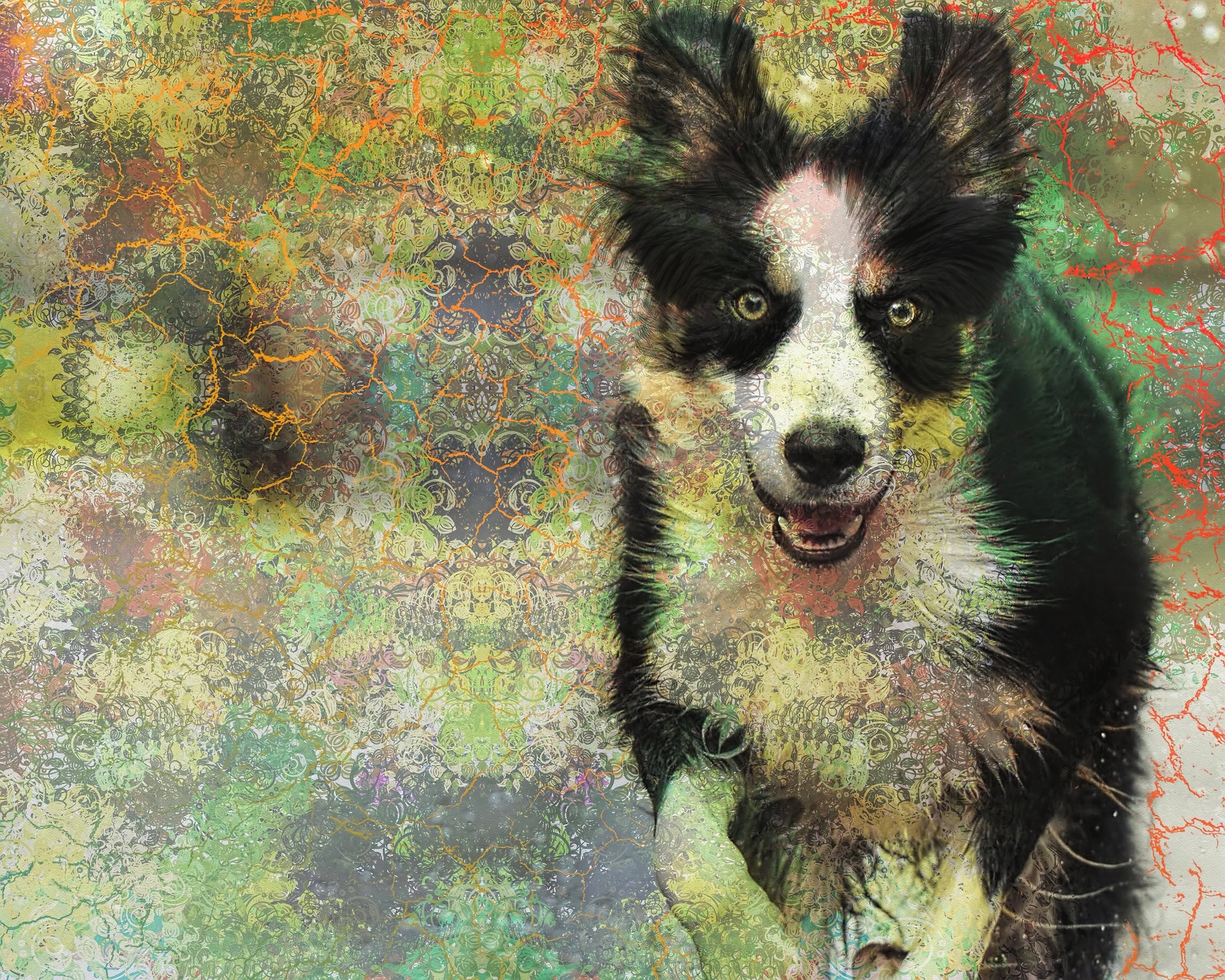Dr. Phil Zeltzman’s Blog
Pain is not acceptable
As a surgeon, my goal is to eliminate pain as much as humanly possible.
Let’s go over a few stubborn myths related to pain in pets.

1. My pet doesn’t cry out
“My pet is not crying and therefore is not in pain” has to be one of the most stubborn myths vets face on a daily basis.
When a pet limps or favors a leg or doesn’t put full weight on a leg, they are most likely in pain.
When a pet’s activity decreases, they may be in pain.
When a pet’s routine or habits change, they might be in in pain.
When a pet’s appetite decreases, they could be in in pain.
The fact is, most pets, especially cats, do not cry out when they’re in pain. Of course, if you step on their foot, they will cry out in pain, but that is short-lived because of what we call acute pain. Long-term, ongoing, continuous, sustained pain is called “chronic” pain.
Similarly, a dog may cry out in pain when (s)he initially tears a ligament, such as an ACL. But then the pain becomes subtle or low-grade and there’s typically no more crying.
Yet as long as they’re limping, it means that pets are in pain.
It’s the same idea as when you have a pebble in your shoe. You will shift weight to the other leg to decrease the pain. But as long as you put weight on the foot with the pebble, there will be some degree of pain.
Pain in cats is even harder to assess than in dogs. Cast tend to change their habits: less grooming, less jumping up or down, decreased appetite, hiding, fewer interaction with humans, withdrawal.
2. My pet is just old
Age seems to be the catchall excuse for multiple ailments. For example, urinating in the house is often blamed on old age, even though a bladder infection or bladder stones ( /blog/?p=1841) might be present.
When it comes to a pet’s decreased athletic ability – unwillingness to play, using stairs or jumping on furniture – many pet owners believe that age is the culprit.
Before we get to that conclusion, it’s important to make sure your pet doesn’t have a torn ACL, or severe hip dysplasia, or a bulging disc.

3. Pets don’t feel pain like we do
Some people still think that pets don’t feel pain like we do. Yet mammals have the same type of nerve endings, pain pathways and pain perception center in the brain as humans do.
To think that an animal in pain doesn’t deserve the same kind of treatment as humans is simply wrong.
4. There’s nothing we can do
Some pet lovers are told that because one pain medication doesn’t seem to work anymore, there are no other options.
Yet there are almost always other options: other pain meds, surgery, physical therapy, acupuncture, weight loss etc.
If all options have truly been explored, then maybe it’s time to have a discussion about quality of life, but not until then.
When the end finally does come around, you can rest assured that you truly did everything possible.
5. Postop pain is beneficial
Vets used to say that postop pain is a good thing because it keeps pets quiet, and that helps prevent injury to the surgery site.
We now have a much better understanding of the implications of untreated pain.
In my surgery practice, we routinely use 4-6 different techniques to prevent and treat pain. The drugs and techniques are well known, it’s just a matter of using them.
6. Minor procedures don’t need pain medication
This is another stubborn myth. Even what seems like a minor procedure, like a neuter, a mass removal or a tooth removal causes pain and should be treated.

7. Pain medication in old or sick patients is dangerous
There are multiple pain medications we can choose from. Each drug has potential side-effects, for example related to the kidneys and the liver.
This is a manageable risk. It’s a matter of pros and cons. We can easily monitor consequences on kidneys and liver with regular bloodwork. In a healthy pet on an anti-inflammatory, bloodwork is typically recommended every 6 months. In a pet with kidney or liver issues, bloodwork can be performed every 3 months, or even more often.
Another strategy is to decrease the dose of “risky” medications, usually an anti-inflammatory, or stop it altogether. We can also replace it with other, safer pain medications.
8. My client won’t pay for that
Some vets are concerned that you can’t afford proper pain prevention and treatment.
There, I said it.
If that is your case, then you should discuss it honestly with your vet.
If not, then you should demand the best possible pain management for your pet.
9. Surgery causes pain
A few of my clients have declined surgery for this reason.
As a surgeon, I’m not naïve enough to ignore the fact that left untreated, pain will occur after surgery. Again, most of my patients benefit from half a dozen pain management techniques.
This includes IV medications, special IV fluids, local pain meds, pain medications by mouth, pain medication injected directly into joints, pain medication injection around the incision etc.
So being fearful of surgery because of the fear of pain does not make sense. We can prevent and treat pain. In fact, a common reason to do surgery is specifically to treat pain.
Think of a broken leg. One consequence of surgery is to decrease the pet’s pain.
So it is quite the opposite: surgery helps decrease pain and eventually, it eliminates it.

10. My pet is not in pain
With all due respect, I would argue that many pet owners do not realize how much pain their pet is before surgery. Why is that? Possibly because everybody (humans and pets) slowly got used to it.
Case in point, we recently did a Total Ear Canal Ablation (TECA) in a Cocker with severe ear infections.
TECA is a pretty invasive surgery that has a reputation for being painful. So we use as many pain medications as possible, as mentioned above.
The very next day, the owner sent an email with an update: “He had a few rough moments trying to get comfortable. But once we got him to take his pain medication, he fell asleep and slept through the rest of the night.
(…) He woke up like a new dog today!
You would never even guess he had surgery. He had a full appetite, and is walking around very alert and actually attempting to play which we are trying to discourage at this point.”
Keep in mind, this comment came from a very smart, attentive and loving pet owner. She is very in tune with her dog. She was surprised by how comfortable her dog was after such an invasive surgery and went out of her way to email me to acknowledge how much pain her dog must have been in before surgery. And how comfortable he was after surgery.
This is actually one of vets’ biggest frustrations. We know when a pet is in pain and it’s sometimes difficult to convince a pet owner that their pet is in pain.
By the same token, if you feel that your family vet does not believe you that your pet is uncomfortable or painful, then it is your absolute right to seek a second opinion until you find somebody who takes you seriously (here is a perfect example: www.drphilzeltzman.com/blog/joshuas-story-taking-pain-seriously).
As I always say, “pain is not acceptable.”
We are extremely fortunate to have access to all kinds of pain medications and surgery options to make many pets more comfortable.
Here are 20 signs that your pet might be in pain
. Limping, favoring a leg
. Decreased social interaction, withdrawal
. Anxious facial expression
. Submissive behavior
. Decreased movement
. Decreased jumping (eg on the sofa, in the car)
. Difficulty doing stairs
. Decreased grooming
. Whimpering
. Howling
. Growling
. Guarding behavior (e.g. head shy)
. Aggressiveness, biting
. Decreased appetite
. Weight loss
. Self-mutilation (licking, chewing, biting an area)
. Changes in posture
. Dogs: constipation
. Cats: Changes in urinary/defecation habits
. Hiding
Phil Zeltzman, DVM, DACVS, CVJ, Fear Free certified

Dr. Phil Zeltzman is a traveling veterinary surgeon in Pennsylvania & New Jersey. An award-winning author, he loves to share his adventures in practice along with information about vet medicine and surgery that can really help your pets. Dr. Zeltzman specializes in orthopedic, neurologic, cancer, and soft tissue surgeries for dogs, cats, and small exotics. By working with local family vets, he offers the best surgical care, safest anesthesia, and utmost pain management to all his patients. Sign up to get an email when he updates his blog, and follow him on Facebook, too!

